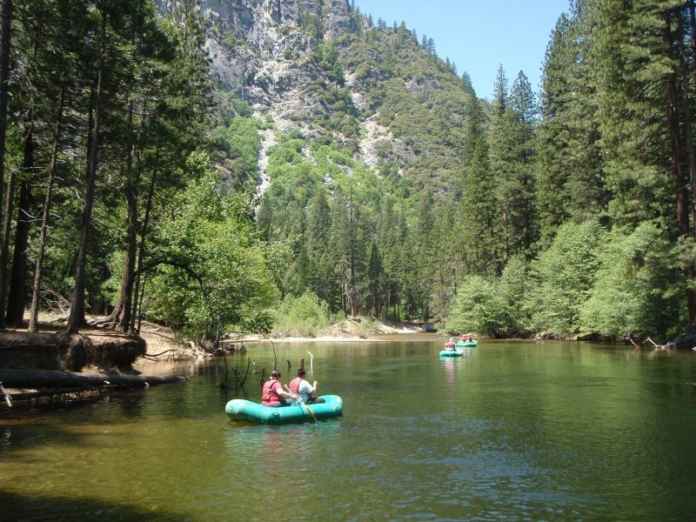Located in the Sierra Nevada mountains, east-central California is the internationally recognized Yosemite National Park. Managed by the National Park Service, the breathtaking geological formations such as thundering waterfalls, spectacular granite cliffs, deep valleys, meadows and ancient Giant Sequoia groves continue to attract tourists from all across the world. In fact, the very fact that the Yosemite National Park attracts approximately 3.5 million visitors a year stands testimony to the popularity of the park with its rich biodiversity.
The origins of the Yosemite National Park can be traced to the year 1889, when America’s most famous and influential conservationist, along with Robert Underwood Johnson, editor of Century Magazine decided to campaign against the detrimental effects of sheep grazing. Thus, with Abraham Lincoln’s approval in the year 1890, it was decided set aside more than 1,500 square miles of reserved forest lands, which would eventually come to be known as the Yosemite National Park.
What makes the Yosemite National Park remarkable is the fact that till date, it has managed to preserve a Sierra Nevada landscape as it prevailed before Euro-American settlement. This is because even now, Yosemite National Park is one of the least fragmented habitat blocks in the Sierra Nevada. The park has been divided into five major vegetation zones, which includes oak woodland, lower montane forest, upper montane forest, subalpine zone, and alpine.
Due to the topographical variety, the weather at Yosemite National Park depends on the specific elevation. However, at the lower elevations, for instance, below 5,000 feet, tourists ought to expect hotter temperatures. At higher elevation, the harsh weather is usually compensated by frequent summer thunderstorms. As for rainfall, it generally increases with elevation. When planning a visit to the Yosemite National Park, try and avoid the months of June and August. Also, ensure that you have reserved accommodations if you intend to have an overnight visit. Moreover, Yosemite Valley is open year-round, but much of the remaining park is closed in late autumn because of snow and re-opens in mid to late spring.
As for accessing the park, visitors ought to know that numerous transport options are available from Los Angeles and San Fransisco airports. The park entrance fees are $20 for private vehicles and $10 for all other individuals on any kind of transport. Designated a World Heritage Site in 1984, Galen Clark went on to proclaim Yosemite National Park as the “grandest of all God’s temples.” Spread over an area of approximately 1,200 square miles. the park is home to an astonishing number of tourist expedition destinations, one of them being Yosemite Valley.
Yosemite Valley, which is a 7-mile-long canyon cut by a river, then widened and deepened by glacial action. The most famous sight in the valley is the granite monolith of Half Dome. El Capitan, a prominent granite cliff that looms over Yosemite Valley, is one of the most popular rock climbing destinations in the world. The tallest waterfall in the United States, named after the valley itself, is another major highlight in Yosemite Valley.
Some other interesting options which visitors have in Yosemite National Park are:
• Visit the groves of ancient Giant Sequoia trees, which is one of the longest living species on the planet.
• Opt for a Yosemite Valley Moonlight Tour, which showcases Yosemite favorites—El Capitan, Half Dome, and Bridalveil Fall, as the name suggests, under the light of a full moon.
• Take a scenic drive on the Tioga Road.
• Explore the El Capitan, the largest exposed granite monolith in the world.
A trip to the Yosemite National Park is bound to satiate the travel enthusiast in you!













